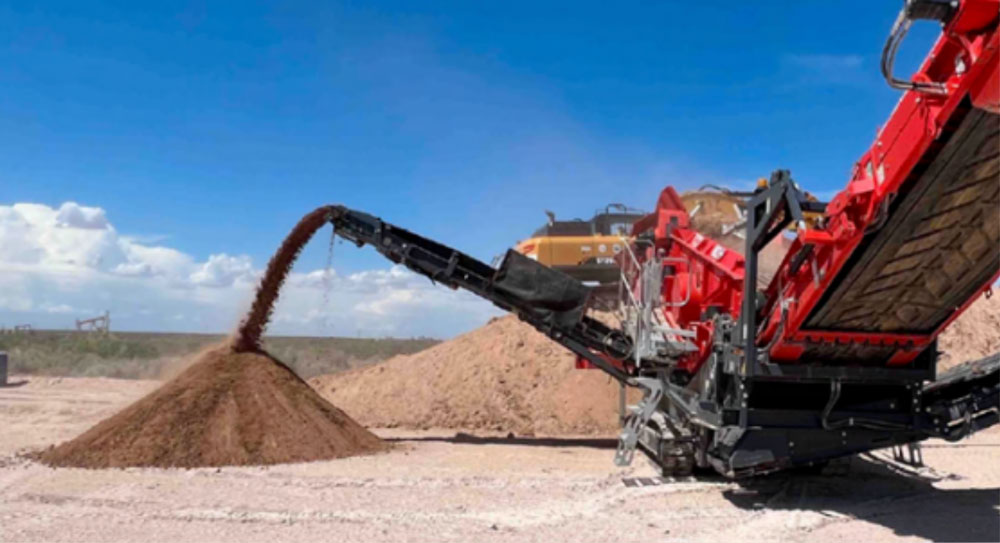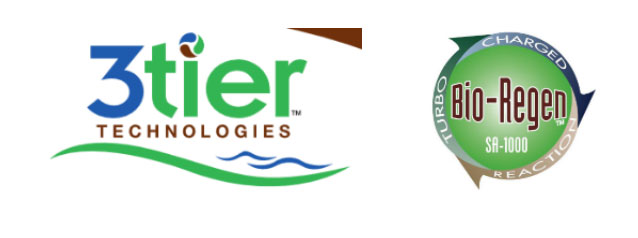Project: In Situ Treatment of Produced Water Impacted Soil
Produced water releases impact soil by addition of salts that can be difficult to remove. Consequently, this often results in excavation and transport of significant volumes of soil. This approach is expensive, adds unnecessary vehicle trips on poorly maintained roads, increases the carbon footprint of the project, and requires infill of non-native soil. In situ treatment, the oil and gas industry tests alternatives regularly to simplify remediation. These efforts also use better technology to reduce impacts on the environment.
Project Characteristics:
As a consulting firm providing remediation services for oil and gas operators in southeastern New Mexico, Ensolum is working with operators and regulators to better understand and apply soil restoration technologies. This serves as an alternative to traditional dig and haul methods and prevents additional impacts to the environment.
Ensolum is working with a major oil and gas operator to propose a remediation alternative. The method uses chemical fixation to treat chloride in soil utilizing SA-1000TM by 3Tier Technologies. Ensolum treats soil on site through soil shredding. This is a process of physically breaking down the impacted soil through a trommel to provide as much surface area for treatment as possible. The chemical amendment is applied to the “shredded” soil. Then, Ensolum stock-piles the soil on site until the treatment time is complete and returned to the excavation. The methodology described above can also apply to hydrocarbon-impacted soil. However, the difference is the use of a peroxide or other similar oxidizer to remediate hydrocarbons.
Patriot Environmental currently applies this amendment at a site in rural Eddy County, New Mexico. Ensolum oversees and monitors the process. The New Mexico Oil and Conservation Division (NMOCD) is working with Ensolum, the operator, and amendment manufacturer by reviewing soil laboratory data of post-treatment soil. Furthermore, the team monitors any changes of constituents of concern (COCs). While this pilot is designed to assist oil and gas operators in achieving compliance with NMOCD remediation guidelines for chloride concentrations, an added benefit of SA-1000TM includes improved nutrient structure of treated soil. Ultimately, this is capable of sustaining healthy vegetation growth.
Visit our Past Projects Page to learn more about Ensolum’s previous projects.

Photo 1: Soil Shredding and Treatment


